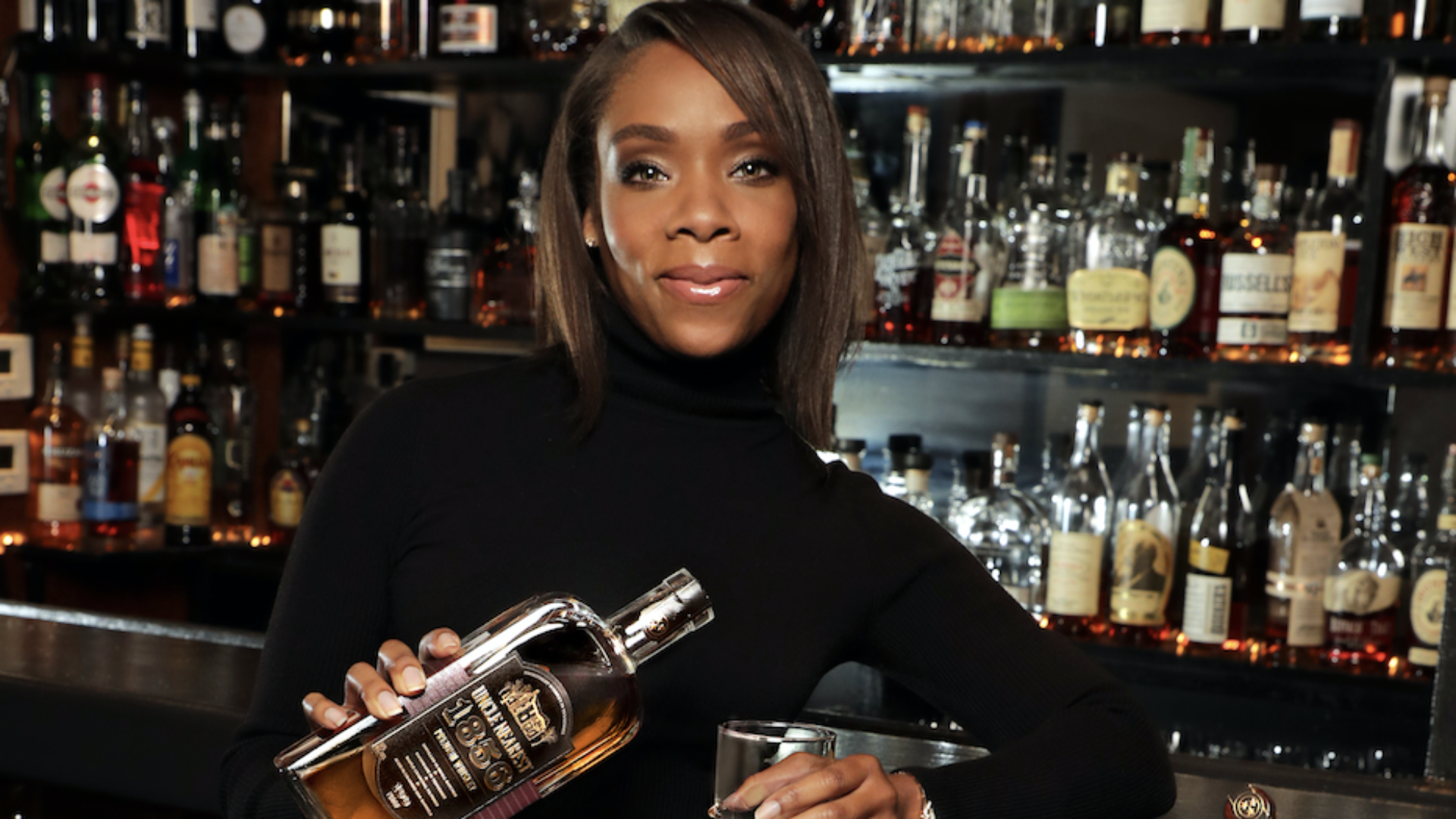
Like many times throughout history, Black people continue to be erased from our contributions to some of the most innovative and essential inventions and resources.
In the words of Angela Rye, let’s not forget: We even built this joint for free.
So it’s no surprise that the spirits industry would be any different. And thankfully we have Fawn Weaver to thank for telling a very important story that many of us may have never known. Fawn first learned of the story of Nearest Green by reading Clay Risen’s article in the New York Times. It was then that she decided to make this her life’s work.
Nathan “Nearest” Green, was the one who first taught a young Jack Daniel how to distill whiskey and who is thought to have perfected the Lincoln County Process that defines Tennessee Whiskey. And his name will now never be forgotten, because it’s being brought to life with Uncle Nearest.
How exactly did it happen? In 2017, with the encouragement of Nearest’s descendants, Uncle Nearest co-founder and CEO Fawn Weaver set out to honor his work and his legacy. And it all started with simply wanting to put his name on a bottle and started a movement to ensure that his whiskey legacy lives on for generations.
Today, it’s the fastest-growing independent American whiskey brand, available in all 50 states in just two years.
Now, the next milestone for the Uncle Nearest brand has been announced that it will open its highly anticipated Nearest Green Distillery on September 14, 2019 in Shelbyville, Tennessee (about an hour outside of Nashville). This 270-acre distillery is the first in U.S. history to honor an African-American whiskey maker, and one of the few distilleries in the country owned and operated by a Black, female lead.
One would think it’s a huge transition to go from New York Times bestselling author to whiskey connoisseur?
Fawn Weaver: People think it is, but I was chasing a relationship story when I began working on this. I was chasing a story of love, honor and respect with the full intention of writing a book and focused on the movie. That was the intention. Charli [Penn] actually asked me the last time I saw her, “When do you think you’ll write your next book?” and I responded, “The next time I feel inspired by a story.” This was the story I felt inspired by.
What was it about this story?
As I began working on this, I realized the significance of the story of Nearest Green. I didn’t really truly understand the significance until I began digging in. He wasn’t just the first African American distiller on record in the United States. He to this day remains the only one of any major brands — period. And we’re not just talking about whiskey, we’re talking about of any spirit. When I learned that there was no African American ever that had been commemorated on the bottle that was crazy to me, because we were apart of this industry from the very beginning.
What was the initial reception from the family when you came up with this idea?
When I went to the family I asked, “what is the one thing you think should happen to honor Nearest?” They responded, “we think his name should be on a bottle.” And by then we had already created a foundation with the intention of paying for all of his descendents to go to college. That was something I was working on before I ever came to this story, just looking at taking underprivileged kids and figuring out how to get them what they need in high school so they can get the grades to get into Ivy League. So when I began working on this, I just transferred that passion. Rather than randomly focusing on kids from across the country, I said, I’ll just focus on one family. And bringing it back to the legacy of excellence that their ancestors started. It continued for a couple of generations but I believe that somewhere along the line, they forgot. They were not living up to the same ideals from the work ethic and in terms that level of excellence as Nearest and his children and his grandchildren.
I announced to the kids on that day — who were completely apathetic when they arrived — slumped shoulders and all. They were learning this amazing legacy of their ancestors and they could literally care less. I looked at them and said, “You have a legacy of excellence and it’s your responsibility to live up to that. So, here’s what I am going to do, “If you get into college, I will pay a full ride, and that’s all the way up to Ph. D. But it’s up to you to get in.” And from there you could see them shift.
You’re now gearing up for the opening of the Nearest Green Distillery. Did you imagine you would be where you are today with the brand?
It was initially just a commemorative bottle idea — just to say we did something. And then I began to learn that there were no other African American owned major brands — period. The more I learned about the industry, the more I understood this can’t just be a one and done, because when it comes out this will be the first and the only. And also, if we don’t build this brand to be on the shelf for hundreds of years someone else is going to have to come in 100 years and retell. That’s the reason we know who Johnny Walker and Jim Beam are.





